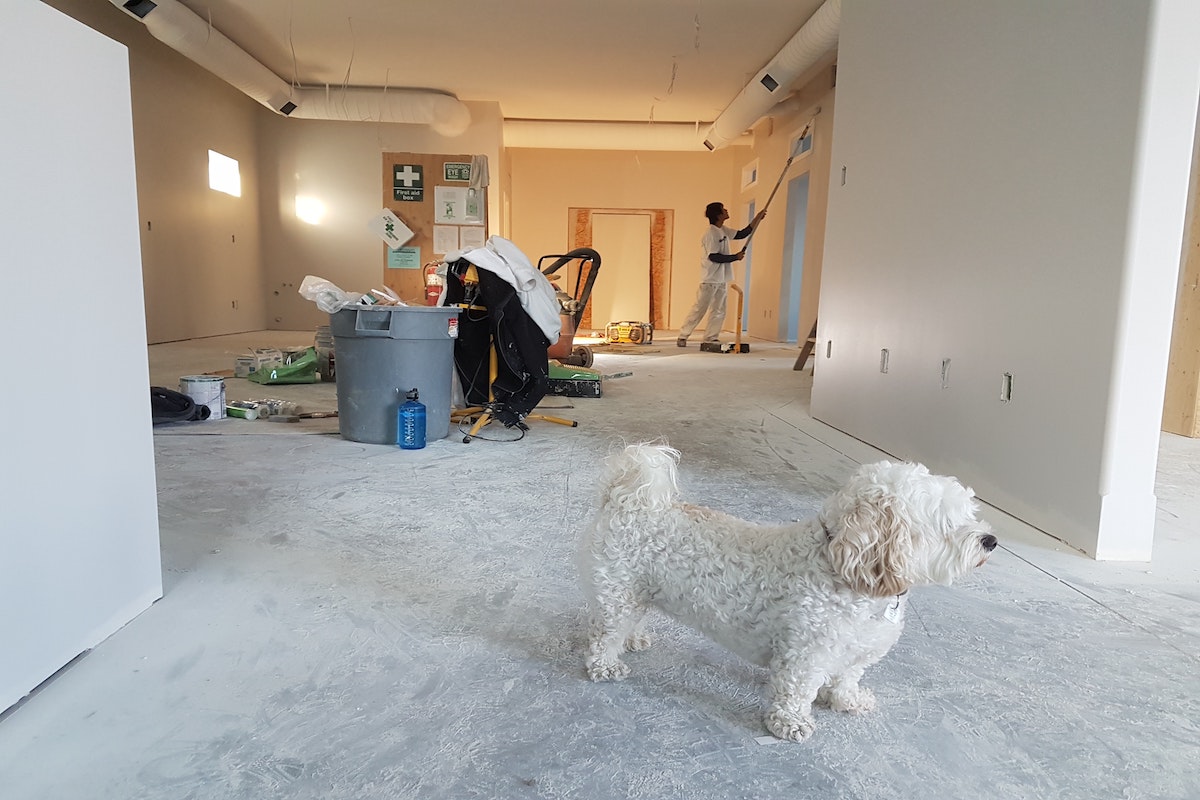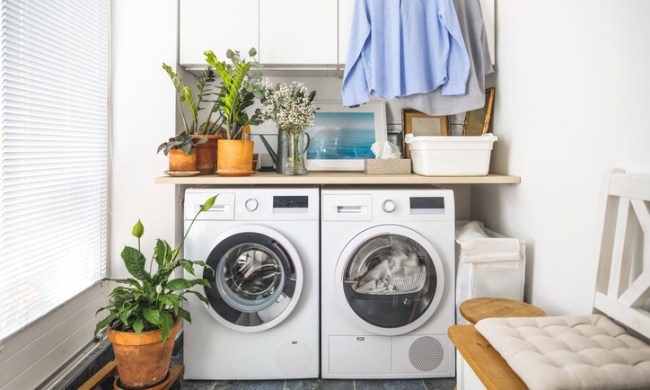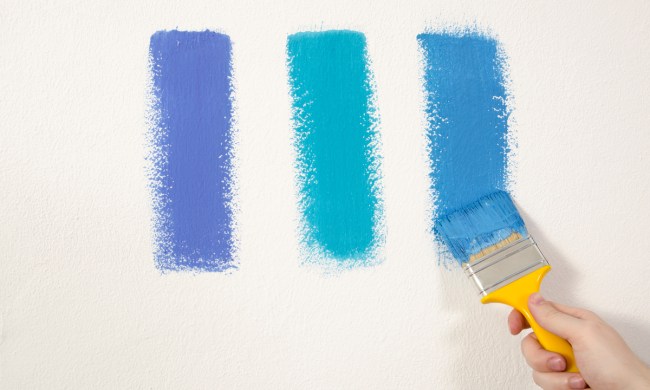Color is one of the most important items to consider when designing a room — especially when you’re intent on completely transforming a bedroom. Paint can make a space seem large or cozy and can give it a personality as unique as your own. Paint colors can soothe, excite, and bring back memories of places traveled and experiences lived. They are also what you base many other items in the room on like decor, pillows, curtains, and bed covers.
If you’re looking for ways to make a small bedroom look larger, choosing a paint color is one of the most important decisions you can make. There are some hard and fast “rules” that many decorators will apply to small spaces, but at the end of the day, you have to enjoy the space you’re in.
If dark colors make you feel tranquil and stress-free (as any bedroom space should), by all means choose a color that makes you happy. I have a relatively small bedroom and just painted it a gorgeous navy-charcoal color called Sea Serpent, leaving one cream, shiplapped wall for contrast. However, the general rule of thumb is to choose light colors to keep the space open, airy, and bright.

Even lighter colors come in different tones to help you perfect a color for your small bedroom. Warm colors, for instance, have a base of orange, red, yellow, and combinations of these to project a warm and sunny inviting space. In contrast, cool colors consist of blue, green, and light purple. They are meant to project soothing and calm, like water and the sky. Colors like light blue, gray, and silver layer work well in making a small space seem larger. Choosing varying shades of those colors and using them on trim, flooring, curtains, and rugs can also make the space seem more balanced and less choppy, giving it a roomier feel.
Lighter colors can also make the walls feel as if they are receding and, with the right decor, make other pieces come into focus and pop, drawing your eye away from the size of the room. They also reflect light more, so if you have a space with a lot of natural light, it may be the way to go. I would caution against a stark white color, however, because it can make a room seem cold and impersonal, which is the last thing you’d want from a space you sleep and relax in.
Other ways to use paint and wall features to make the space feel larger is, like mentioned above, a feature wall. This can come in the form of wood, wallpaper, brick, or other materials that complements your paint color but also draw your eyes floor-to-ceiling.
One thing to keep in mind as you pull your look together is that many designers caution against using more than five large areas of color. So, if you’ve already got a lot going on in other, close-in-proximity rooms of the house, you may want to consider where else in your home you could use your bedroom paint color.
If you simply can’t decide which way to go, meeting somewhere in the middle between light and dark always works. These Dusty Laurel or Ice Cube colors are calming and doesn’t commit you too far one way or another. Plus, they can be layered with other colors and textures to bring any space new life.
The great thing about paint in general is that there really are no rules. Bold colors and dark rooms that used to be considered over-the-top have now come into fashion to give bedrooms more sophistication and depth. Lighter colors will never go out of style for their simplicity and elegance. Whatever makes you happy and content with the space you live in, that’s ultimately what you should choose.
What’s more, if you get bored of the way your space looks, you can recreate the space with a new paint color relatively inexpensively. Of course, if that means changing out all the decor and bedding comes with a paint change, the costs can add up. But if you stick to the same tone and just want to go lighter or darker, it’s an easy weekend project that can make quite an impact.
For more, check out our satin vs. eggshell paint comparison, it can help you choose the right type of paint for your bedroom.



